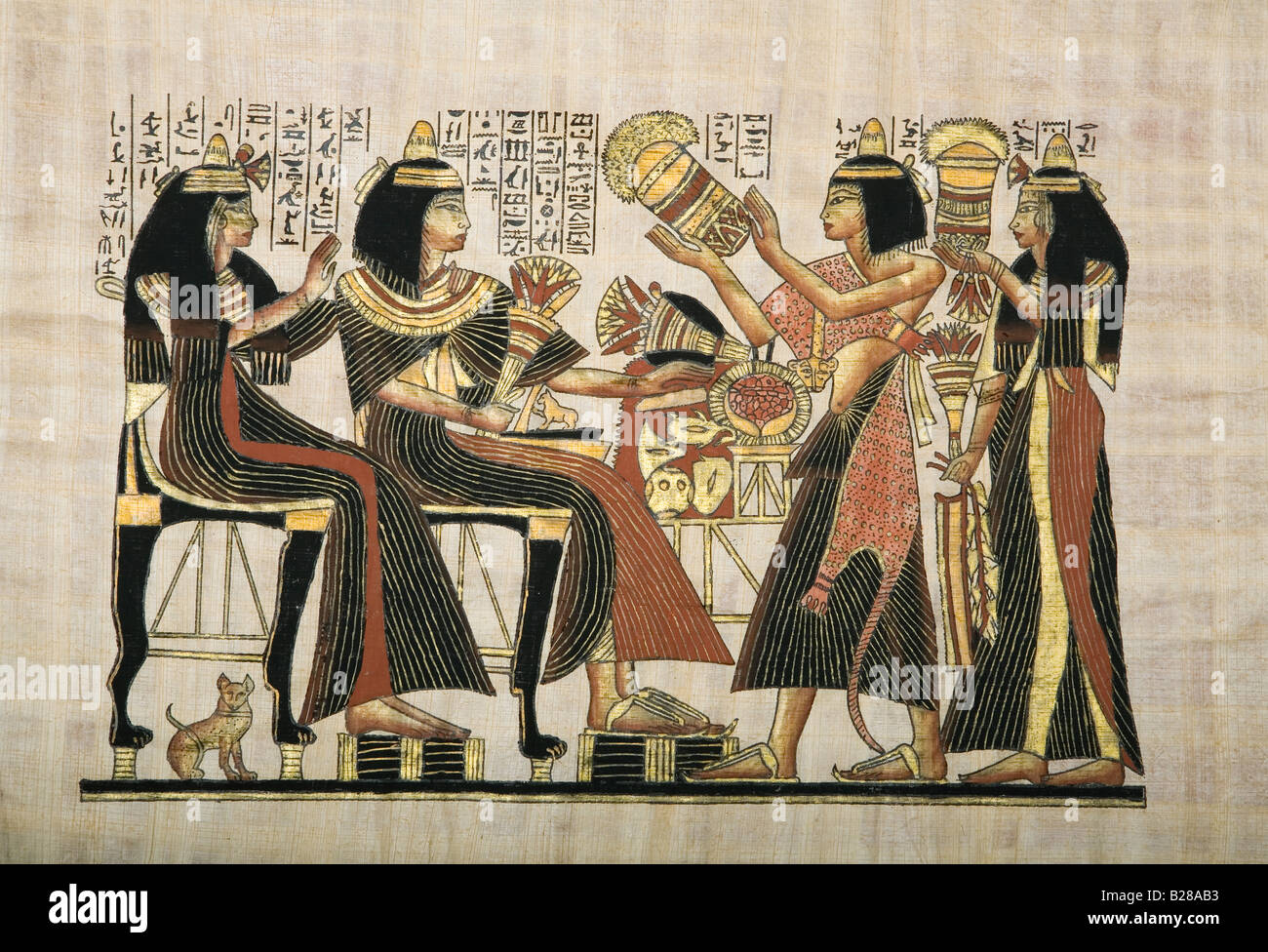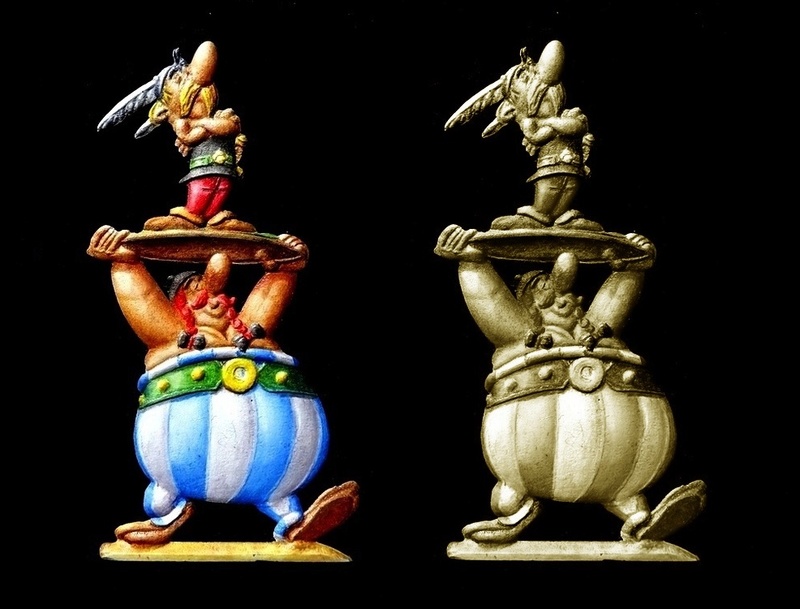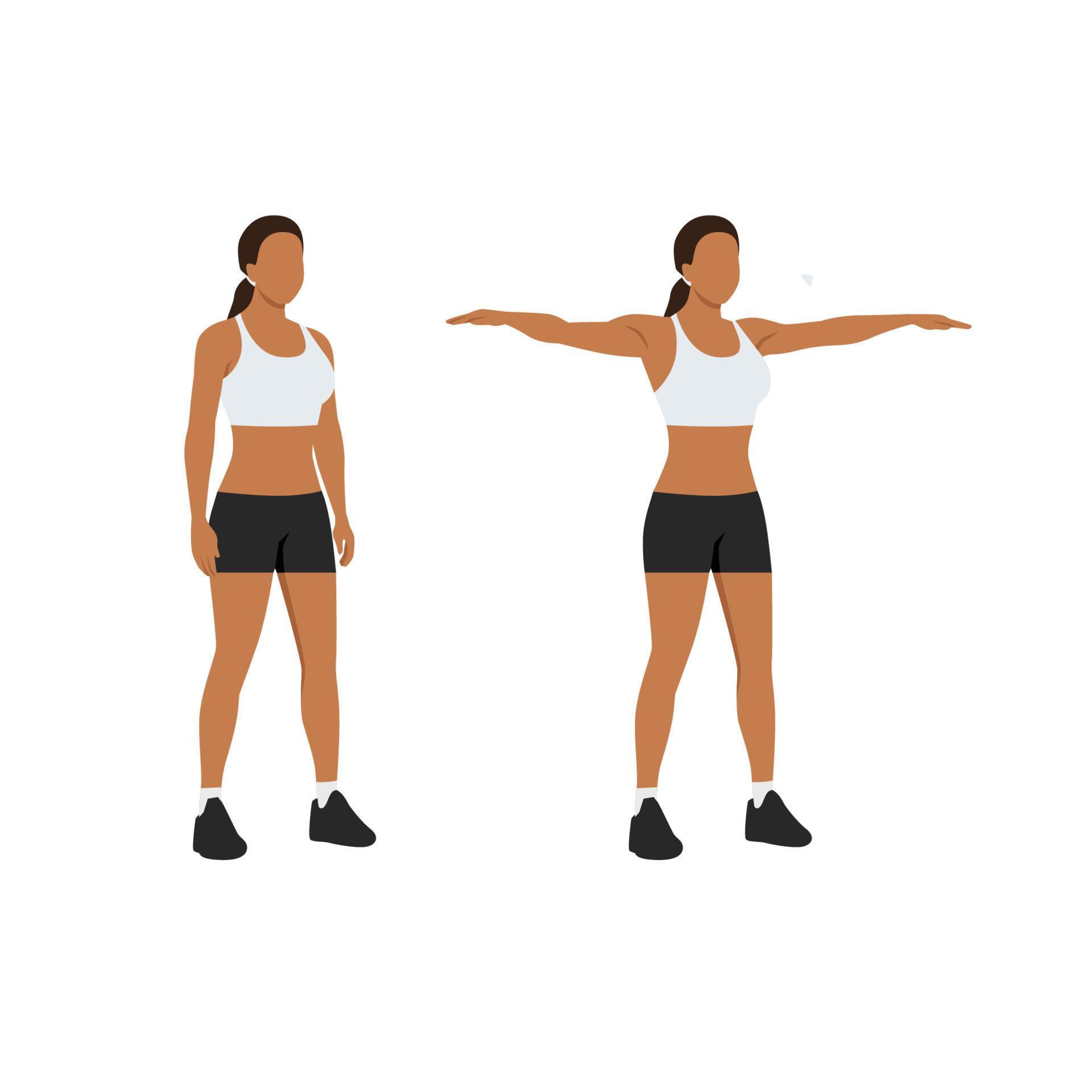Les deux bras levés sur pavois, en hiéroglyphes égyptiens, sont classifiés dans la section D « Parties du corps humain » de la liste de Gardiner ; cet hiéroglyphe y est noté D29.
Représentation
Il représente la combinaison de deux bras levés (hiéroglyphe D28) sur un pavois (hiéroglyphe R12). Il est translittéré kȝ.
Utilisation
volonté (du roi), royauté, bonne volonté, bon vouloir, spectre, fantôme ».
Notes et références
Bibliographie
- Alan Henderson Gardiner, Egyptian Grammar: Being an Introduction to the Study of Hieroglyphs, [détail des éditions] (lire en ligne).
- Pierre Grandet et Bernard Mathieu, Cours d'égyptien hiéroglyphique [détail des éditions].
- Adolf Erman et Hermann Grapow, Wörterbuch der ägyptischen Sprache, vol. V, (lire en ligne)V&rft_id=https://www.hierogl.ch/wb/cgi-bin/page.pl?tome=1&page=1&rfr_id=info:sid/fr.wikipedia.org:Deux bras levés sur pavois (hiéroglyphe égyptien D29)">.
- Portail de l’Égypte antique




